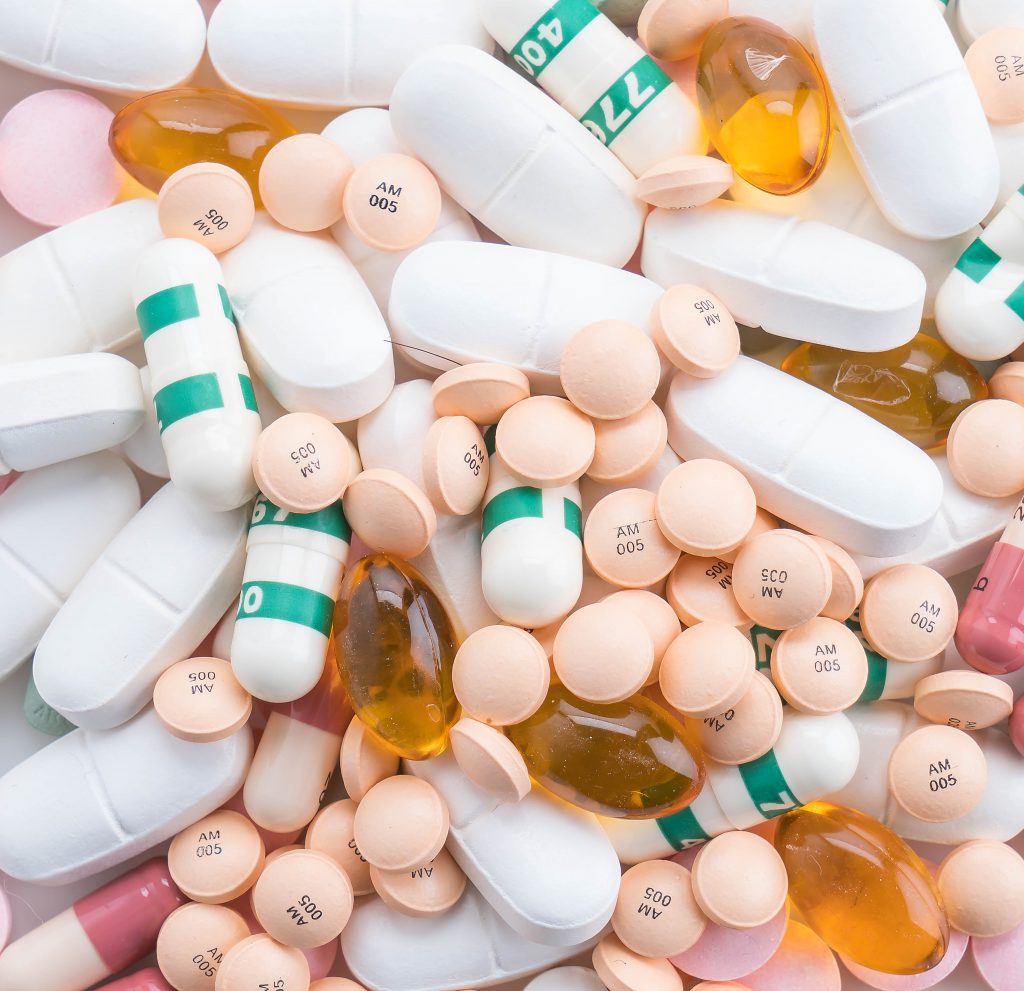How counterfeit drugs effect pharmacuticals
Challenges posed by counterfeit drugs to the pharmaceutical industry have affected the market share and raised health concerns among health professionals, Legislators, and suppliers.
Internet marketing plays a pivotal role in dominating fake drugs over genuine ones. In addition, at various levels of the supply chain processes, high prospects of putting in copy-products make them highly vulnerable phases.
Around the world, legislators have made effective laws to address counterfeiting issues and ensure the safety of drugs and consumers throughout the manufacturing and distribution process. In the United States, the Drug Supply chain security act was introduced in 2013 to outline some solutions.
DSCA highlights the importance of identifying and tracking drugs, from manufacturing to distribution and consumption. These regulations recommend manufacturers, retailers, and third-party organizations install serialization machines and track & trace software.
What serialization can offer?
Pharmaceutical production is a complex process where multiple products are monitored and controlled within different steps and phases of manufacturing.
Workflows are highly labor-intensive, and poor traceability of products raises labor costs, which, in turn, makes the consumer pay more. The individual item and pallet level traceability, with the help of serialization, enables manufacturers to have improved visibility of products and control over inventories leading to cost saving and running the process highly auditable.
How serialization works?
Serialization assigns a unique national drug code and prints it on drugs in packaging lines. In the United States, products may be serialized at three levels. The patient or customer usually receives the product in two packages: the individual pack level and individually packed multiple products placed in cases. Initially, products are serialized at these two packaging levels.
After the product is ready for distribution, it is placed in cartons or pallets. The term aggregation is for adding serial numbers to pallets with packs inside. These serials carry pack data put inside the pallet.
Although aggregation is not mandatory by law in the United States, however, it makes inventory and stock management more efficient, not only for the manufacturer but also for third-party businesses.
What are the codes used?
GLN is a global operation address, whereas GTIN is a unique code to identify and locate products in different countries. To access data, registration with the country’s GS1 organization is mandatory. A serial number consisting of 20 digits is used for each GTIN. 2d barcode is mostly used for this purpose; however, it is not a regulatory requirement. Lot information and expiry date also printed along the barcode are also included.
Some limitations:
The system carries so many pros, yet we see drawbacks that, if properly not managed, can cause a significant waste of resources and capital. Label design, scanning boxes, and processing of each product make the manufacturing lines over-burdened and uplift the cost of production. Henceforth, highly efficient machines must be installed to reduce costs and cycle time.
Data is important:
Data from serialized products can be used to measure and manage company economics, efficiency, and overall equipment effectiveness (OEE). Additionally, better insight into lead time can be achieved. Data can be shared with governing bodies and other business partners to enhance operations.
Read more how to avoid conuterfet drugs issue
If you have any question, feel free to ask.


